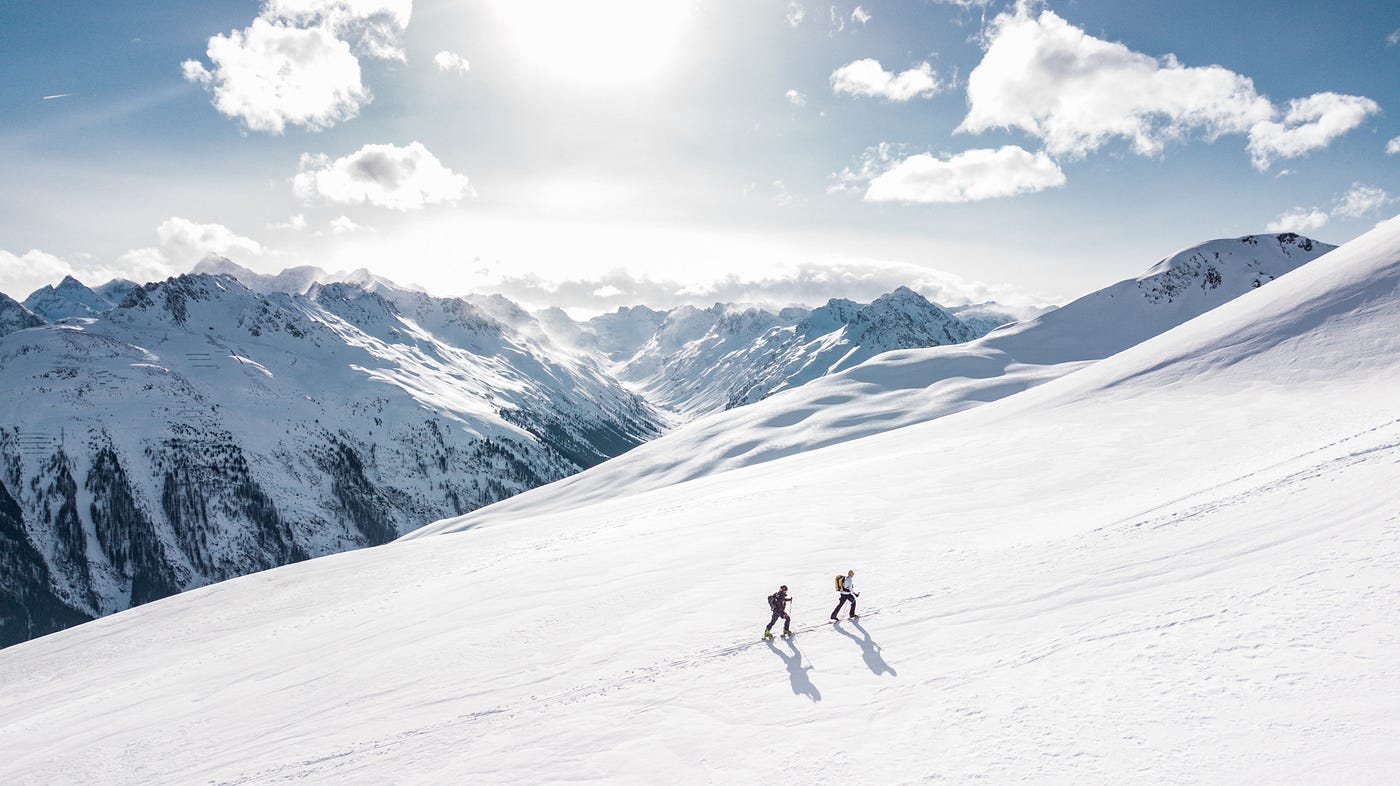
Embarking on a mountain journey is a thrilling escape from the mundane. Whether you’re a seasoned hiker or someone looking to experience the heights for the first time, the allure of rugged peaks and breathtaking vistas can be irresistible. But a successful mountain adventure requires careful planning and preparation. This Complete Guide to Mountain Journey will walk you through the essential tips and strategies to make your trip safe, enjoyable, and unforgettable.
1. Planning Your Mountain Expedition
A mountain journey begins with meticulous planning. Understanding the terrain, weather, and necessary equipment is crucial to a well-rounded expedition. Whether you’re aiming for a short hike or an extended mountain trek, the first step is to research the area. Look for maps, trail information, and weather forecasts specific to your chosen location. This will help you anticipate any challenges along the way.
When planning your mountain expedition, consider the following:
- Choose the Right Time: Timing can make or break a mountain trip. Seasonal weather conditions can vary greatly, and what might seem like a beautiful day at the base can turn into a snowstorm at higher elevations. For most regions, late spring through early fall provides the safest and most scenic conditions.
- Know Your Limits: Assess your physical fitness level before deciding on the difficulty of the trails. Mountain terrain can be taxing, especially at higher altitudes. If you’re new to hiking or trekking, start with moderate paths before tackling more strenuous routes.
- Permits and Regulations: Some mountain destinations require permits for entry or trekking. Be sure to check if your destination has such requirements and apply in advance. Additionally, familiarize yourself with local regulations to avoid any unpleasant surprises on your journey.
2. Essential Tips for Mountain Adventures
The key to a successful mountain journey lies in preparation. Packing the right gear and knowing how to handle unexpected situations will keep you safe and focused on enjoying the adventure.
Here are some essential tips for mountain adventures:
- Layering Your Clothing: In mountain environments, the weather can shift rapidly. Layering is the best way to regulate your body temperature. Start with a moisture-wicking base layer, followed by an insulating layer for warmth, and finish with a waterproof outer shell to protect you from wind and rain. This combination ensures comfort and protection from the elements.
- Footwear Matters: Invest in high-quality hiking boots with good ankle support. Your footwear should be waterproof and have excellent grip for navigating rocky or slippery terrain. Make sure to break them in before the trip to avoid painful blisters.
- Hydration and Nutrition: Hydration is critical, especially at higher altitudes where dehydration occurs more rapidly. Bring a water filter or purification tablets in case you need to refill from natural sources. As for food, pack nutrient-dense snacks such as trail mix, energy bars, and dried fruits to keep your energy levels high.
- Navigation Tools: While GPS devices and smartphones are helpful, they may not always be reliable in remote areas. Carry a physical map and compass as a backup. Familiarize yourself with basic navigation skills to avoid getting lost. Navigating your route confidently is an essential part of the journey.
3. Navigating Your Mountain Experience
Mountains are known for their unpredictable conditions and challenging terrain. To ensure a safe and fulfilling experience, proper navigation is critical. Beyond just knowing your physical location, it’s about understanding how to handle various conditions you might face along the way.
Here’s how to succeed in navigating your mountain experience:
- Weather Awareness: Mountain weather is infamous for its rapid changes. Always check the forecast before heading out, but more importantly, stay vigilant during your hike. If you notice the weather turning, be prepared to turn back or seek shelter. Carry a small emergency bivouac or space blanket in case you get caught in unexpected conditions.
- Pacing Yourself: Altitude sickness can be a serious concern in higher elevations. To combat this, it’s crucial to pace yourself. Take regular breaks, stay hydrated, and acclimatize if you’re heading to extreme heights. Listen to your body and don’t push beyond your limits.
- Trail Etiquette: Respect the trails and other hikers. Stay on marked paths to protect the environment, and yield to those heading uphill. If you’re camping, practice “Leave No Trace” principles to keep the wilderness pristine for others.
4. Safety First: Preparing for Emergencies
While no one plans for emergencies, it’s essential to be prepared for them when venturing into the mountains. Safety should always be your priority.
- First-Aid Kit: A well-stocked first-aid kit is a must for any mountain journey. Include essentials like bandages, antiseptics, blister pads, and pain relievers. Learn basic first-aid skills, especially how to treat altitude sickness, sprains, and hypothermia.
- Communication Devices: In remote mountain areas, cell service may be unreliable or non-existent. Consider carrying a satellite phone or personal locator beacon (PLB) to send emergency signals if needed. Inform someone of your itinerary before you head out so they can alert authorities if you don’t return on time.
- Emergency Shelter: If you’re caught in a storm or injured, an emergency shelter can be a lifesaver. Pack a lightweight tarp or bivy sack in your gear. These compact shelters can protect you from wind, rain, and cold, offering crucial protection while you wait for help or the weather to clear.
5. Post-Journey: Reflect and Recover
After your mountain adventure, it’s essential to take time for recovery. Mountain journeys can be physically demanding, so rest, rehydrate, and nourish your body after the trek. Reflect on your experiences and lessons learned, and let them inform your next expedition.
Mountains have a way of leaving a lasting impression on those who brave their slopes. With the right preparation, a spirit of adventure, and respect for nature’s grandeur, your mountain journey can be an unforgettable experience.
Whether you’re planning your first ascent or your hundredth, this complete guide to mountain journey will help ensure your trip is both successful and memorable. Happy trails!


More Stories
Essential Gear for Your Mountain Adventure
Inspiring Stories from Mountain Expeditions
Journey to the Mountain: Unforgettable Experiences